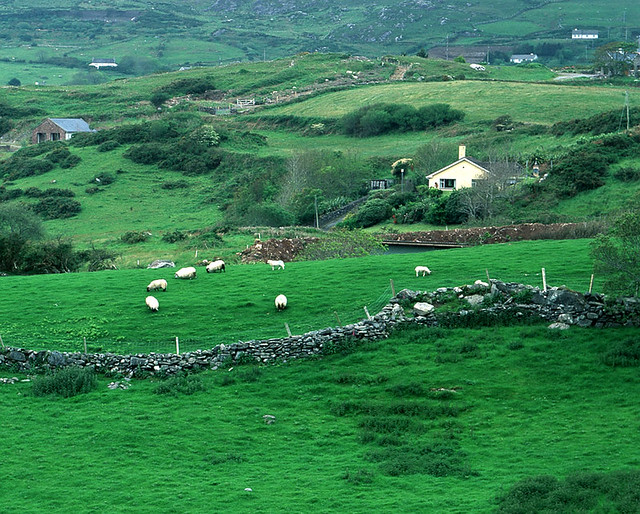
A rocky start....
Go to a pub without ever leaving your yard:
Can’t afford a plane ticket to Ireland this St. Patrick’s Day? Bring the Emerald Isle to your own backyard with The Shebeen. With its thatched roof and whitewashed exterior, the mobile Irish pub looks like it was lifted straight out of County Cork’s countryside.
Inside The Shebeen, you’ll find a cozy room filled with antique pictures, mirrors, and pub memorabilia. It doesn't come with a brogue-accented bartender, but it is equipped with a fully functional mobile bar, a cooler and taps for two draft beers, an electric stove heater, and a sound system that’s perfect for blasting everything from ballads to bagpipes.
The Shebeen is small enough to attach to a car, but large enough to fit up to 10 people. Its best feature? You won't have to wait in line with any drunk strangers. The company site doesn't specify the rental costs (you can fill out a form to get a quote), but surely it's worth it for that alone.
 |
| Super-convenient. |
Speaking of Van Dieman's Land...
VDL was first settled in 1804 with a penal settlement established at Sullivan’s Cove, later Hobart and free settlers began to come to the island in 1816. Initially convicts were sent from NSW but from 1817 they were sent there directly from Britain. The Macquarie Harbour penal colony on the West Coast of Tasmania was established in 1820 to exploit the valuable timber Huon Pine growing there for furniture making and shipbuilding. ... In 1830, the Port Arthur penal settlement was established to replace Macquarie Harbour, as it was easier to maintain regular communications by sea. Although known in popular history as a particularly harsh prison, its management was far more humane than Macquarie Harbour or the outlying stations of NSW. Experimentation with the so called model prison system took place in Port Arthur. Until the late 1830s most convicts were either retained by Government for public works or assigned to private individuals as a form of indentured labour. From the early 1840s the Probation System was employed, where convicts spent an initial period, usually two years, in public works gangs on stations outside of the main settlements, then were freed to work for wages within a set district. Between 1803 and 1853 approximately 75,000 convicts served time in VDL. Of these 67,000 were shipped from British and Irish ports and the remainder were either locally convicted, or transported from other British colonies. This represents about 45 per cent of all convicts landed in Australia. Transportation to VDL ended in 1853.
And now, an Irish Setter puppy because puppy:

No comments:
Post a Comment